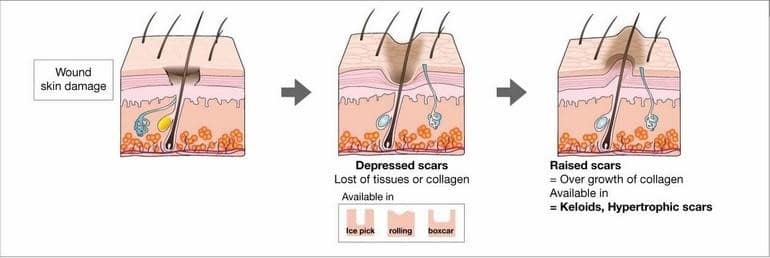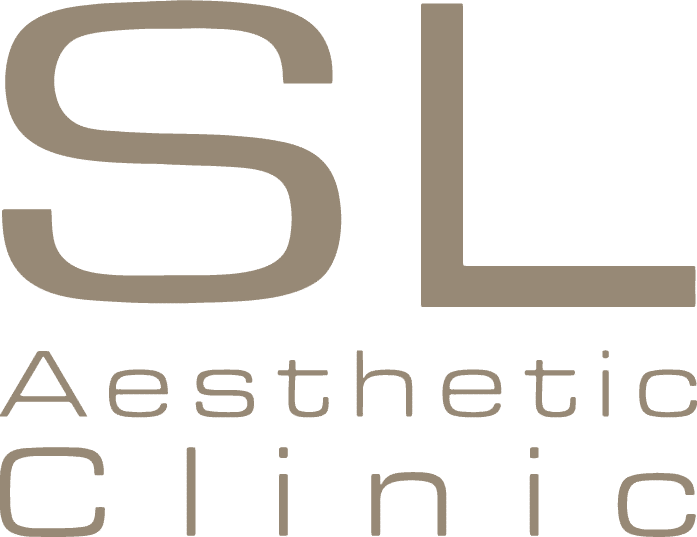These spots are the result of an inflammation caused by bacterial infection, hence its name Post-Inflammatory Hyperpigmentation (PIH).
And contrary to popular belief, these are pigmentation concerns and not considered acne scars. Hence its name.
After healing over, all wounds will have differences in skin tone, pigmentation, and even texture compared to surrounding skin.
Amongst fair individuals, these spots tend to appear as red or purple “splotches”. This is because broken blood vessels from the aftermath of an acne breakout remain in the healed over area.
Conversely, those with darker skin tones are more prone to developing brownish marks or hyperpigmentation.
Always avoid prolonged sun exposure to prevent PIH from appearing if you have wounds that are healing.











